
Cytel's blog featuring the latest industry insights.


In a previous blog, we provided an overview of basic data structures in R. In this follow up piece, we will provide a snapshot of basic syntax in R for programmers who want to get up to speed in this increasingly important programming language.
Like other programming languages, R too has provision for assignment of values to variables, conditional statements and loops.
Assignment operator
In R, "<-" and "=" are both used for assignment of values to variables. The difference between “=” and “<-“ is mainly related to the scope of the variable.
When we use the “=” operator, the variable x is only defined within the function, i.e., its scope is limited to the function definition. On the other hand, when we use the “<-“ operator the variable is also available outside the function, i.e., x exists in the memory even after the end of the function call.
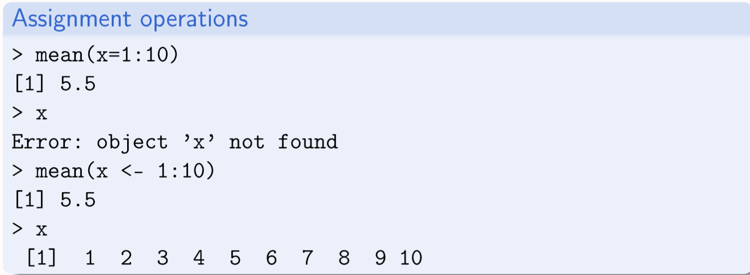
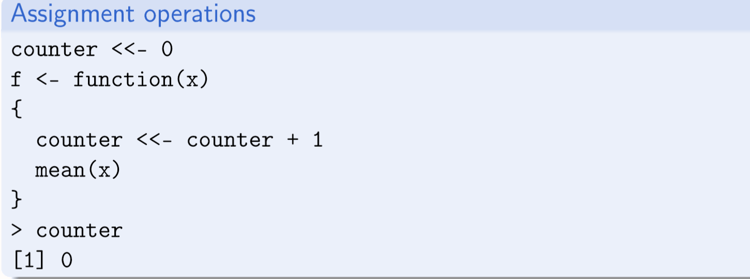
Conditional Statements
In R, Conditional Statements consist of Comparison operators ==, !=, >, <, >=, <= Logical operators | (OR), & (AND), and if-else conditions. The example below demonstrates the use of an If- else condition.
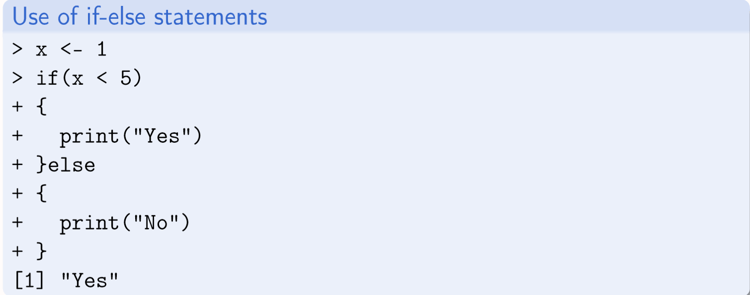
Loops
When starting out in R, it is useful to have a basic understanding of loops and how to write them. Below we provide an example of a 'for' loop and a 'while' loop. However, in R, a variety of apply functions, to be covered in future blogs, tend to work more efficiently than the ‘for’ and ‘while’ loops in most situations.
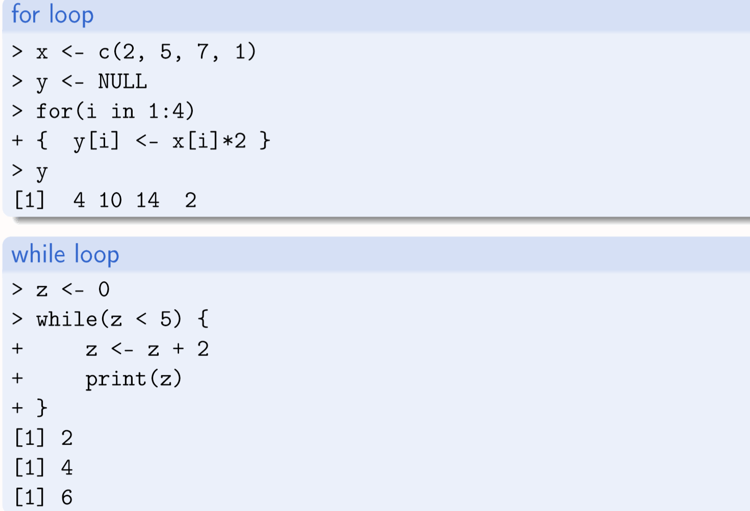
Functions
In R, user-defined functions may be used for repetitive executions in a similar way to macros in SAS.The return value could be of any type - a single value, vector, data frame or a list.
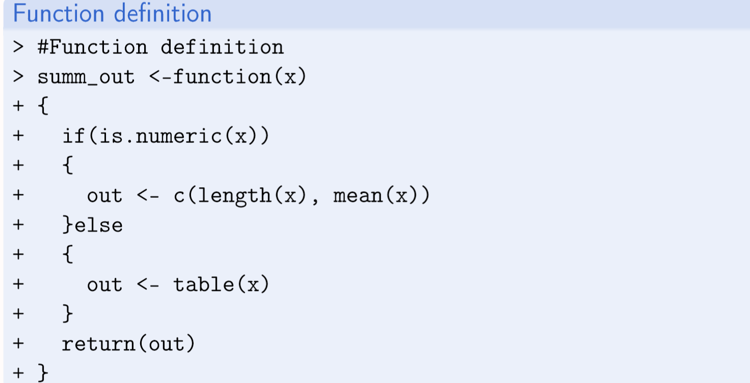
Formulae
Formulae are an efficient way of specifying a model or inputs for many functions in R. In the example below, a formula is used to specify a linear model.
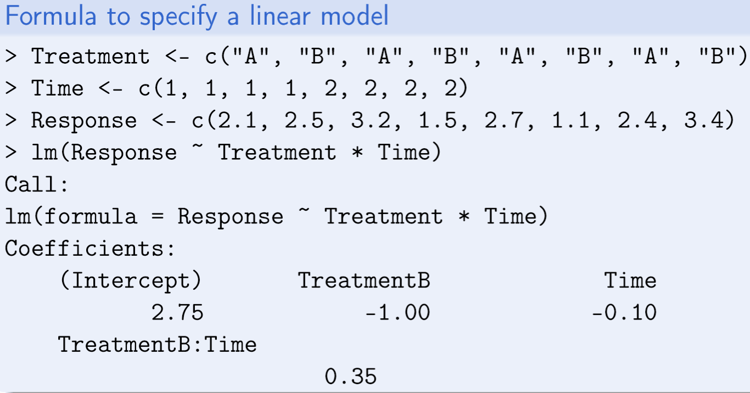
In a future blog we'll go on to look at missing values and debugging in R.
Want to learn more? Further related reading is below:
Data Structures in R: A Primer
The Rise of R- is it time for SAS programmers to get up to speed?
The evolving role of the modern statistical programmer
With many thanks to Cytel's Namrata Deshpande and Imran Hossein.
Liked this? Join our community of biopharma innovators and sign up for Cytel blog updates direct to your inbox.
